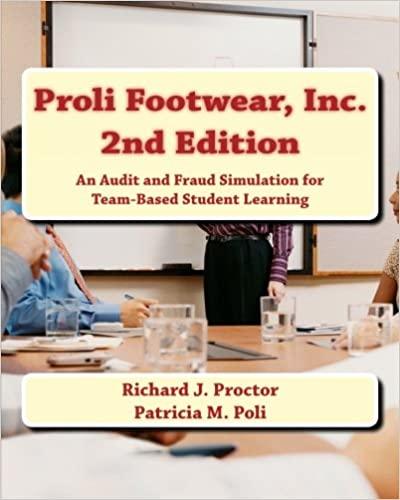


Depreciation Methods Gruman Company purchased a machine for $199,000 on January 2, 2016. It made the following estimates: Service life 5 years or 10,000 hours 180,000 units Production Residual value s 18,000 In 2016, Gruman uses the machine for 2,000 hours and produces 50,000 units. In 2017, Gruman uses the machine for 1,400 hours and produces 34,000 units. If required, round your final answers to the nearest dollar Required: 1. Compute the depreciation for 2016 and 2017 under each of the following methods: a. Straight-line method & 2016 36,000 $ 2017 36,000 b. Sum-of-the-years' -digits method 2016 60,000 $ 2017 48,000 C. Double-declining-balance method 2016 79,200 $ 2017 47,520 d. Activity method based on hours worked 2016 36,000 2017 25,200 e. Activity method based on units of output $ X 2016 40,000 $ x 2017 32,000 2. For each method, what is the book value of the machine at the end of 2016? At the end of 2017? a. Straight-line method 2016 162,000 2017 $ 126,000 b. Sum-of-the-years' -digits method 2016 138,000 $ 2017 90,000 C. Double-declining-balance method 5 2016 118,800 $ 2017 71,280 d. Activity method based on hours worked $ 2016 162,000 2017 $ 136,800 e. Activity method based on units of output $ X 2016 158,000 $ x 2017 126,000 3. If Gruman used a service life of 8 years or 15,000 hours and a residual value of $9,000, what would be the effect on the following under the straight-line, sum-of-the-years-digits, and double-declining-balance depreciation methods? Depreciation expense a. Straight-line method $ X 2016 36,000 S X 2017 36,000 b. Sum-of-the-years'-digits method $ 2016 60,000 $ X 2017 48,000 c. Double-declining-balance method 5 X 2016 79,200 $ x 2017 47,520 Book value a. Straight-line method 2016 $ X 162,000 $ x 2017 126,000 b. Sum-of-the-years'-digits method $X 2016 138,000 $ 2017 90,000 c. Double-declining balance method $X 2016 118,800 $ X 2017 71,280 Feedback Check My Work 1. a. The straight-line method allocates an equal amount of an asset's cost to depreciation expense for each period of the asset's service life. Straight-line depreciation expense is calculated as follows: Straight-Line Depreciation Cost - Estimated Residual Value Estimated Service Life b. The sum-of-the-years'-digits method recognizes a declining depreciation expense each period by applying a decreasing fraction each year to the depreciable base of the asset. The denominator of the fraction is the sum of the years of the asset's service life. Therefore, for an asset with a 5-year life, the sum is 5+ 4 + 3 + 2 + 1 = 15. The numerator of the fraction is the number of years remaining in the asset's life as of the beginning of the year. Note that in this method, the depreciation base remains constant, while the fraction decreases each year. c. The declining-balance methods recognize a declining depreciation expense amount each period by applying a constant rate to the book value of the asset at the beginning of each period. The declining balance depreciation rate is some multiple (m) of the straight-line rate: Declining Balance Depreciation Rate = (m) x Straight-Line Rate You should compute the depreciation expense for each period of an asset's life as follows: Depreciation Expense Declining Balance x Net Book Value at Depreciation Rate Beginning of Period You should note two important points: The periodic depreciation declines because the book value is used and not the depreciation base. . Because you should ignore the residual value in the calculation of depreciation expense, the application of the declining balance method can cause an asset's book value to be different from its residual value at the end of the asset's service life. Therefore, you should adjust depreciation expense toward the end of the asset's service life so that the book value will equal the residual value. d. When the service life of the asset is affected primarily by the amount the asset is used and not by the passage of time, you should recognize depreciation expense using an activity method. You should usually measure activity, or usage, in terms of an input measure such as the number of hours worked or an output measure such as miles driven or units produced. To compute depreciation expense Linder the activity method, the depreciation rate is determined as follows: Depreciation Rate = Cost - Residual Value Estimated Usage of the Asset









